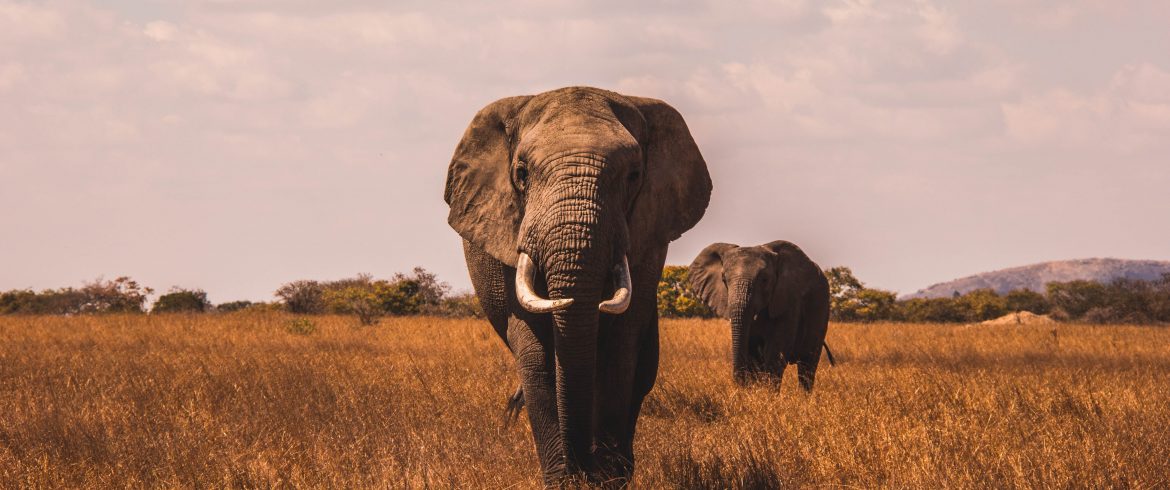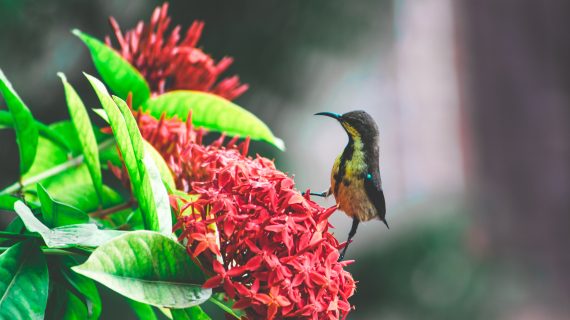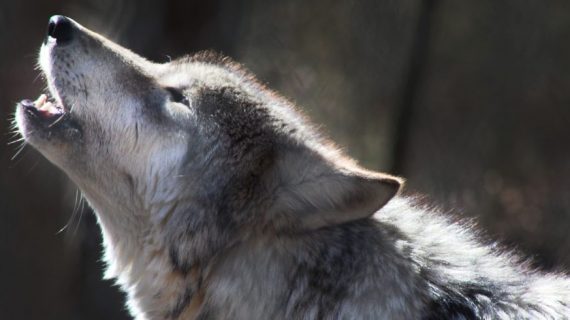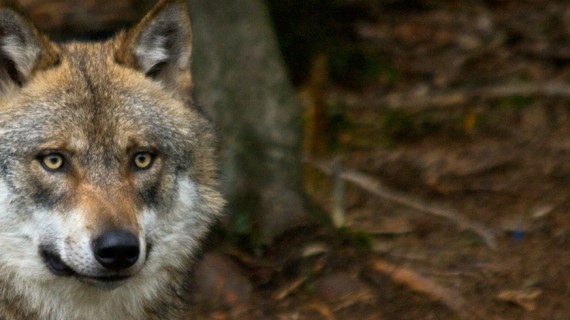Have you ever thought about riding an elephant or holding a sea turtle? Or wanted to see performing dolphins or dancing monkeys? Then you are in the right place. Considering tourism’ worldwide, between 20% to 40% of it is considered to be from wildlife attractions, from which almost 75% have a negative effect on wild animals (Source).
What it is most concern about this tourism branch, is that no one has a real word on how to treat animals. Governments, touristic attractions and tourists itself have the main power to create and change the tourism wildlife activities. The World Animal Protection has shown some of the cruellest animal entertainment attractions on the planet. So, let’s have a look to some of them together:
Riding elephants
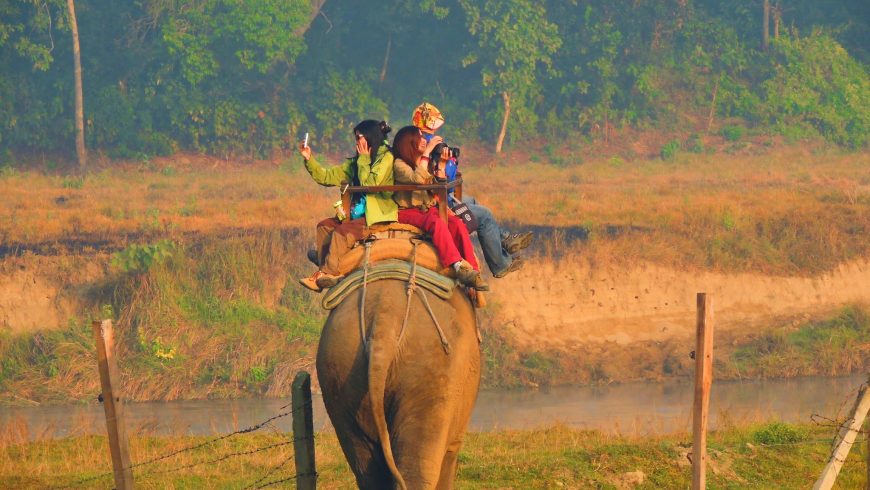
Thailand and South Africa are the main destinations for this kind of attraction. Most of the time, the elephant is taken from its mother in an early stage and placed in a training process which involves inflicting pain with the use of metal bull hooks or wooden battens and restrictions in small cages or with chain or ropes. After this strict treatment the elephant is prevented from forming natural social relationships with other elephants.
Holding sea turtles
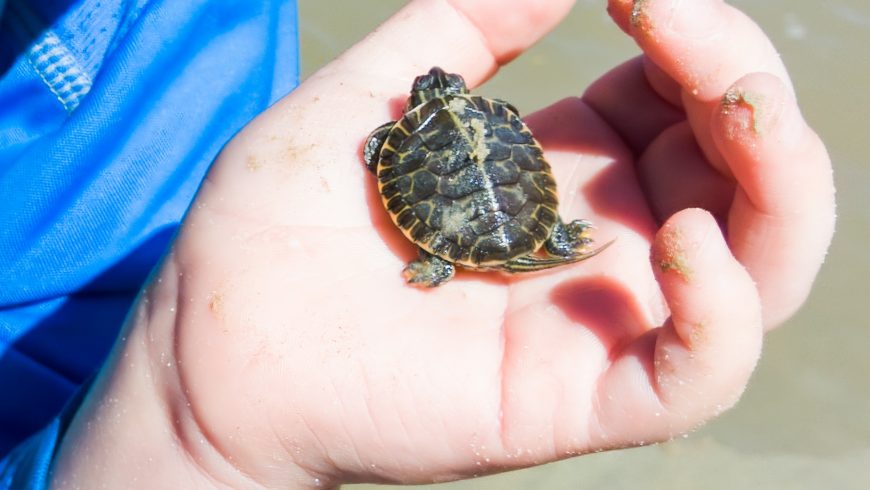
Sea turtles are really fragile animal and most of the time tourists who wants to keep them in their hands do not realise it. As a matter of fact, travellers who drop struggling turtles can cause significant injuries like broken shells.
Performing dolphins
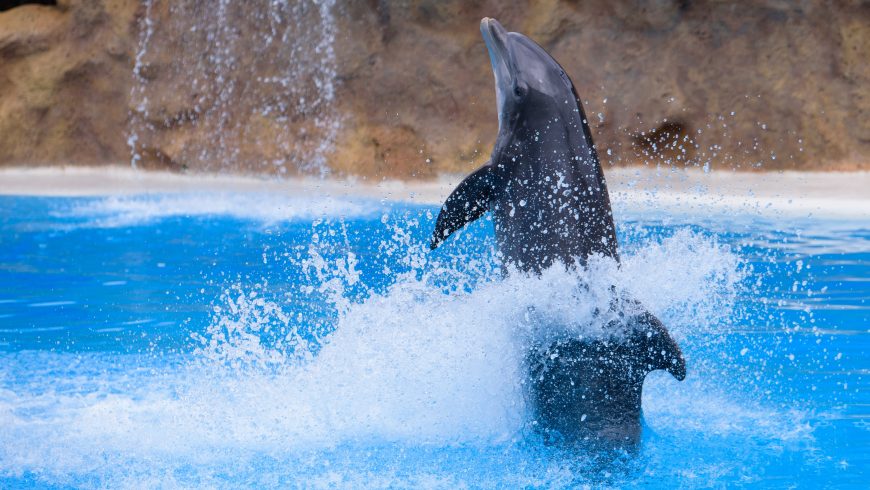
Performing dolphins have been grown in captivity, which means that they have lived their entire life in spaces as big as a swimming pool. The water living environment can cause skin and eye irritations due to the use of chlorine. Moreover, they can suffer from sunburn, stress-related illnesses, heart attacks and gastric ulcers.
Walking with lions
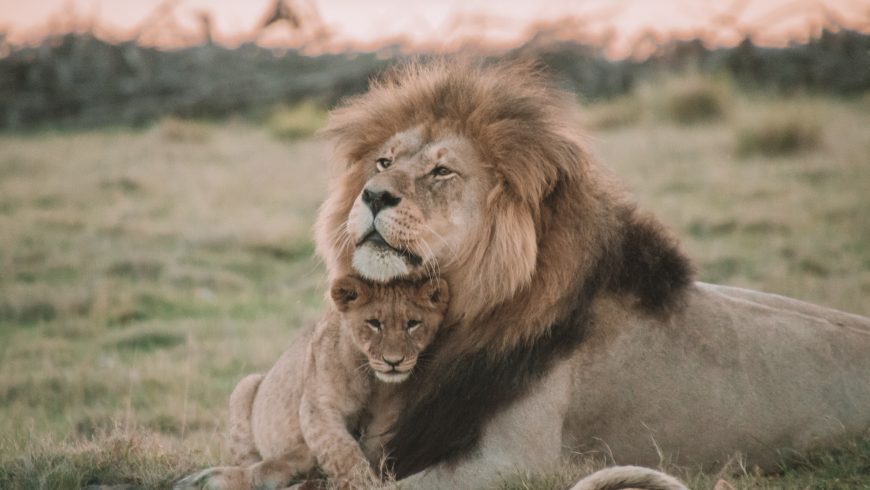
It is a cruel tourist attraction, widespread especially in South Africa. As puppies, lions are torn from their mothers to get used to human presence. Following this cruel training they show themselves docile with tourists looking for “strong emotions”.
Dancing monkeys
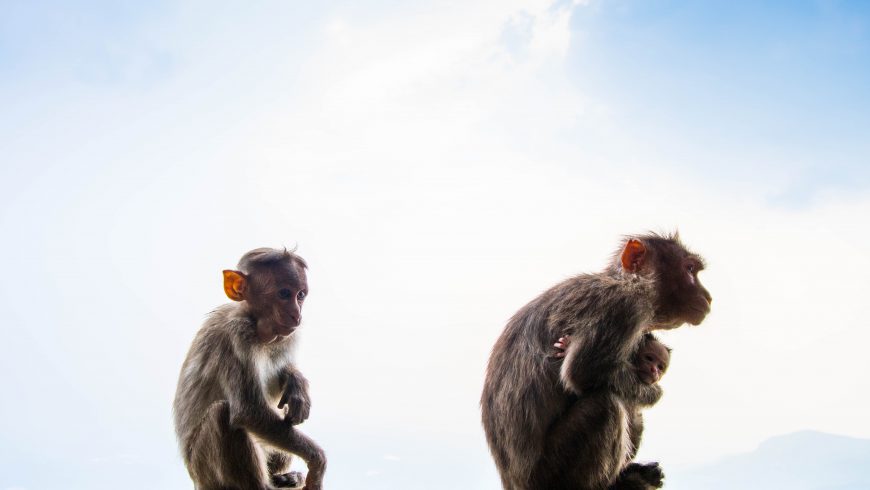
In most of the exotic places where monkeys are from, such as Macaques in Thailand, people are used train monkeys in order to make them behave and appear more like humans. One is teaching them how to dance and perform tricks. Nevertheless, as soon as the “show” is off, monkeys are kept chained in small cages or on short chains.
Furthermore, activities such as selfie with animals, crocodile farming, bear parks, etc. also have a negative impact on wild animals.
Now, after reading this article, what are your thoughts about wildlife attractions? Are you still thinking about contributing to this market?
It is important to understand and be aware of the humans’ effect of some kind of tourism on animals, and become responsible travelers.
Cover image: Photo by AJ Robbie on Unsplash
Author: Giulia Soli
